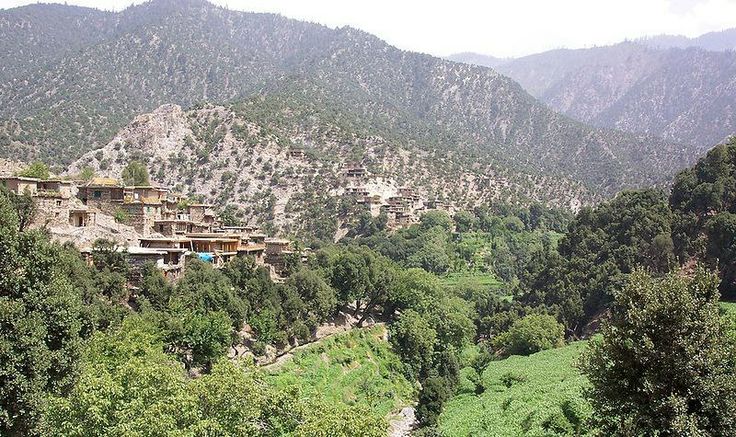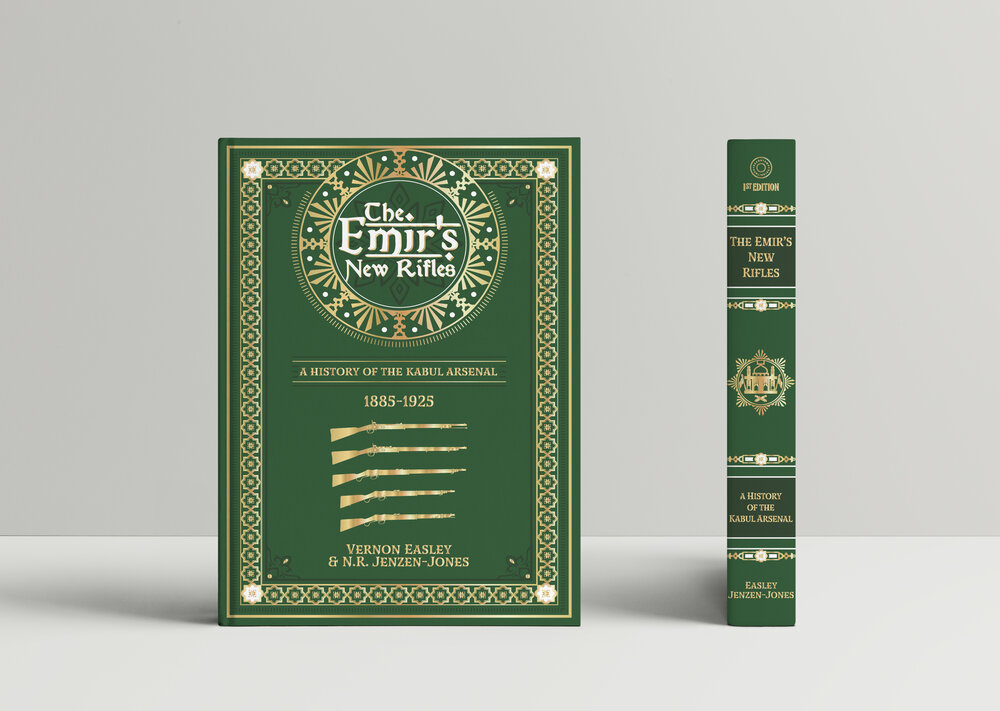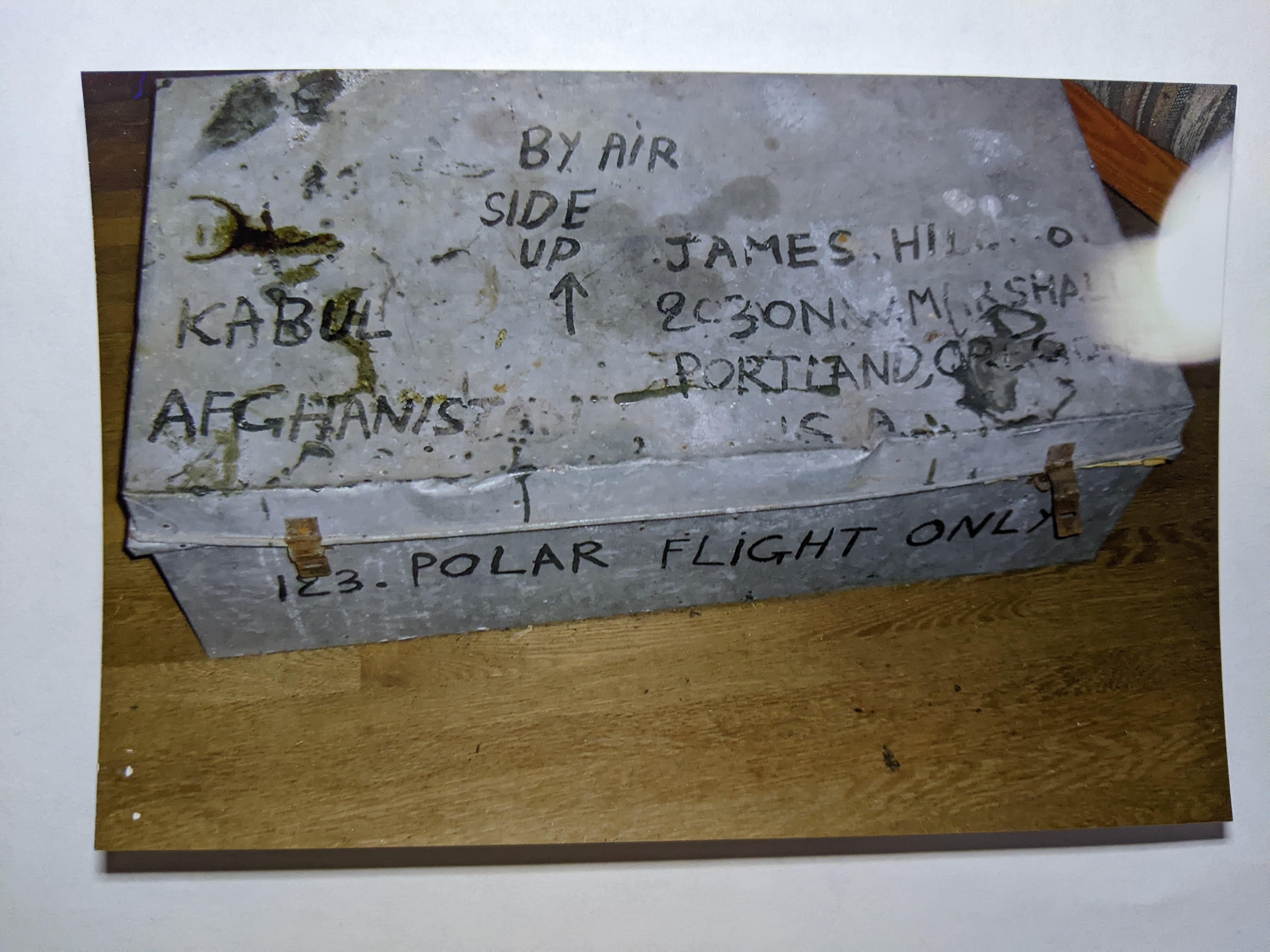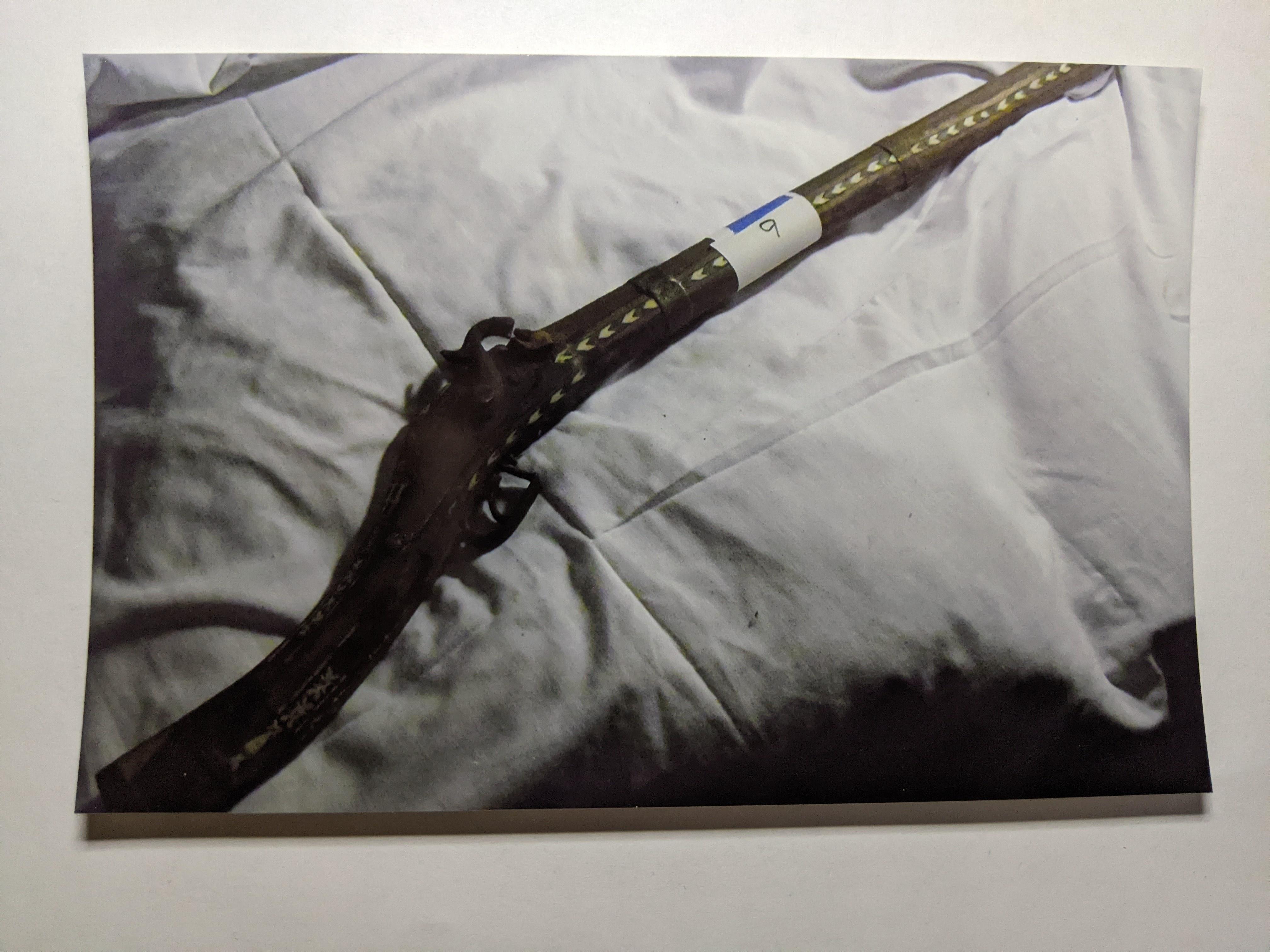- Joined
- May 24, 2005
- Messages
- 4,944
- Reaction score
- 4,290
Since the Ottoman/Caucasian/India Threads brought so much interest, I thought I would start yet another............
Based on the quantity of original remaining specimens today. What appears to have been the most popular long gun with local Afghan tribesmen during at least the first three quarters of the 19th century (and probably a bit earlier) is commonly called a Jazail (there are 2-3 different spellings). These guns are typically recognized with their long barrels and unusual curved butt stocks. The Jazails were likely produced in small shops throughout the Country. The quality ranged from very plain to highly decorated. Like other Eastern areas during the period, they built a definate gun style that remained popular with the locals for a long time. Here are some observations by components...
STOCKS: Most of the stocks I've seen are some type of walnut. Occasionally wood from the coast of India, There has always been much speculation for the reason for the curve in the butt stock. And to my knowledge, no one yet has unearthed any genuine historical evidence for it's purpose. So there is still only speculation. The wrist area is a wide, almost vertical grip. Yet it gradually flattens on it's way to the butt cap. My guess has always been that it was designed to be carried under the arm pit while moving, and the gun kept in a "ready" state when the need arises. The sling being used in what might be perceived in less hazardous surroundings. Can't seem to come up with any other logical reason for the curvature of the butt stock. If you grab the rear of the fore stock with one hand, and cup the curve of the butt stock under your arm pit, it is actually quite comfortable to walk around with. Especially considering the long, usually muzzle-heavy barrels on these guns.
LOCKS: Jazails can be found with matchlocks, flintlocks, percussion locks, and the usual conversions. Most of the existing specimens seem to have been made as flintlock, or converted to same from matchlock. Many of the flintlocks that were used were from damaged/captured EIC British muskets from the period. But there seem to be just as many copies of this specific lock, usually of lesser quality, made by locals, often with spurious markings. Interesting that now, as then, the Jazails with genuine EIC British locks bring a premium at auctions.
BARRELS: The average barrel seemed to run from 44" to 48" and the caliber from about .60 to .70 Tapered round, octagon to round, octagon, etc. - all the different barrel profiles of the period seem to turn up on these Jazails. LOL Overall, the outside barrel profiles seem to take on a Persian influence. The barrels could be rifled or smooth bore. One seemed to be as popular as the other. The existing examples today do run about 50/50. The barrels could have been made locally, bought/traded with neighboring countries, or imported from Europe. It was known that Europe made and exported barrels expressly for various Eastern markets. So, I guess all of the above. One curiosity: Even with the preferred use of the EIC British locks, I've never seen a Jazail with the attempted reuse of an EIC musket barrel.
These Jazails seem like they were built more for rest shooting versus off-hand. Bi-pod, rock ledge, etc. The long barrel and profile tend to make the gun muzzle-heavy. They are indeed more pleasant to shoot from a bench.
Here is a pic of my Jazail shooter. More pics a details of it and others later. If anyone else has these guns in their collection, please post photos.
Rick

Based on the quantity of original remaining specimens today. What appears to have been the most popular long gun with local Afghan tribesmen during at least the first three quarters of the 19th century (and probably a bit earlier) is commonly called a Jazail (there are 2-3 different spellings). These guns are typically recognized with their long barrels and unusual curved butt stocks. The Jazails were likely produced in small shops throughout the Country. The quality ranged from very plain to highly decorated. Like other Eastern areas during the period, they built a definate gun style that remained popular with the locals for a long time. Here are some observations by components...
STOCKS: Most of the stocks I've seen are some type of walnut. Occasionally wood from the coast of India, There has always been much speculation for the reason for the curve in the butt stock. And to my knowledge, no one yet has unearthed any genuine historical evidence for it's purpose. So there is still only speculation. The wrist area is a wide, almost vertical grip. Yet it gradually flattens on it's way to the butt cap. My guess has always been that it was designed to be carried under the arm pit while moving, and the gun kept in a "ready" state when the need arises. The sling being used in what might be perceived in less hazardous surroundings. Can't seem to come up with any other logical reason for the curvature of the butt stock. If you grab the rear of the fore stock with one hand, and cup the curve of the butt stock under your arm pit, it is actually quite comfortable to walk around with. Especially considering the long, usually muzzle-heavy barrels on these guns.
LOCKS: Jazails can be found with matchlocks, flintlocks, percussion locks, and the usual conversions. Most of the existing specimens seem to have been made as flintlock, or converted to same from matchlock. Many of the flintlocks that were used were from damaged/captured EIC British muskets from the period. But there seem to be just as many copies of this specific lock, usually of lesser quality, made by locals, often with spurious markings. Interesting that now, as then, the Jazails with genuine EIC British locks bring a premium at auctions.
BARRELS: The average barrel seemed to run from 44" to 48" and the caliber from about .60 to .70 Tapered round, octagon to round, octagon, etc. - all the different barrel profiles of the period seem to turn up on these Jazails. LOL Overall, the outside barrel profiles seem to take on a Persian influence. The barrels could be rifled or smooth bore. One seemed to be as popular as the other. The existing examples today do run about 50/50. The barrels could have been made locally, bought/traded with neighboring countries, or imported from Europe. It was known that Europe made and exported barrels expressly for various Eastern markets. So, I guess all of the above. One curiosity: Even with the preferred use of the EIC British locks, I've never seen a Jazail with the attempted reuse of an EIC musket barrel.
These Jazails seem like they were built more for rest shooting versus off-hand. Bi-pod, rock ledge, etc. The long barrel and profile tend to make the gun muzzle-heavy. They are indeed more pleasant to shoot from a bench.
Here is a pic of my Jazail shooter. More pics a details of it and others later. If anyone else has these guns in their collection, please post photos.
Rick


























